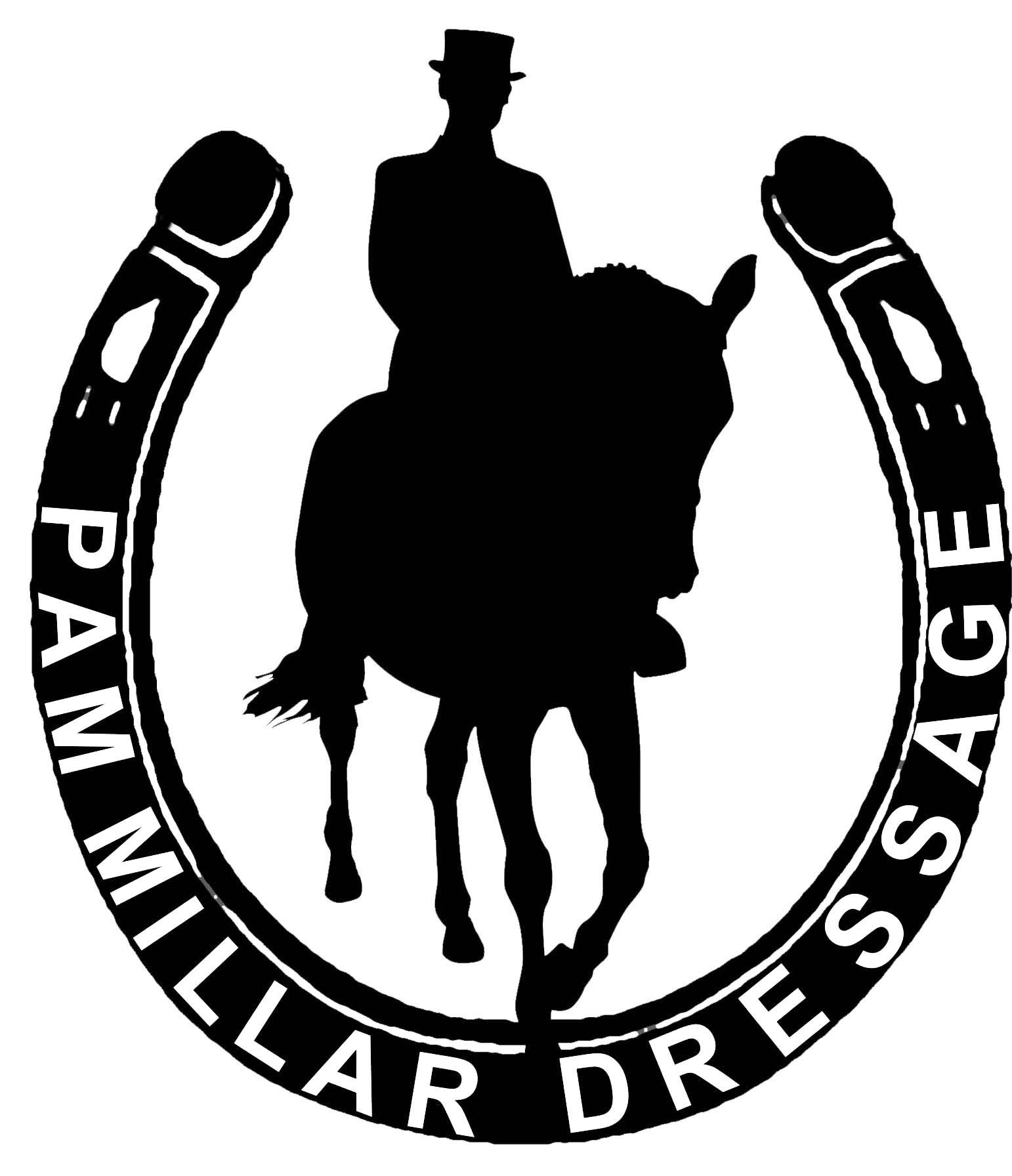
Dressage Trainer
Classical, sympathetic, personalised training
for you and your horse
Mobile: 07740 116 336
Home: 01651 872613
 |
Pam Millar
Dressage Trainer
|
Classical, sympathetic, personalised training for you and your horse
|
Contact:
Mobile: 07740 116 336 Home: 01651 872613 |
A British Dressage Accredited Trainer
Classical Riding for All (click on "training tips" above for more)
(as printed in the Herald )
CLASSICAL riding is centuries old, writes Pam Millar. Its principles, based on balance and harmony, still hold good today in the training of horses and riders at all levels. Most people now ride for pleasure, though in past centuries, the relationship between horse and rider could make the difference between life and death on the battlefield; horses, of necessity had to be well schooled, agile and balanced in order to perform the manoeuvres necessary in war.
Classical horsemanship can be traced back to ancient Greece - the earliest known work on horse management and riding was written by Xenophon, an Athenian soldier, writer and historian. ‘The Art of Horsemanship’ was produced around 350 years BC and is still available today. Of the correct riding seat, Xenophon said: “I do not approve of a seat which is as though the man was on a chair, but rather as though he were standing upright with his legs apart.” Having consideration for the welfare of his mount, he wrote: “If you desire to handle a good war horse so as to make his action the more magnificent and striking, you must refrain from pulling at his mouth as well as from spurring and whipping him.”
Many of the most extravagant high school movements we know today, the ‘airs’ were developed when a man’s life could depend on the lightness, obedience and athleticism of his horse in battle. Levade, Mezair and Courbette, for example, are moves where the horse must be balanced on his hindlegs, the Levade remaining static while the Courbette and Mezair both include forward motion. The Capriole, the most awesome
air, is where the horse leaps off the ground with all four feet and kicks out violently with his hind legs - intimidating for foot soldiers close by!
Throughout the Renaissance period, as now, there were different schools of thought, some of which were considered over-forceful. The masters of the time are predominantly considered to be the Duke of Newcastle and the Frenchman, de la Geuriniere who wrote another classic that has stood the test of time. The book ‘Ecole de Cavalrie’ was clearly and simply set out with a progressive schooling system designed to culminate in a light, obedient, calm horse that would give his rider a pleasurable ride. De la Gueriniere is said to have invented the ‘alpha and omega of all exercises’ – the shoulder-in, universally used to promote suppleness, as well as the counter-canter and flying change.
The Spanish Riding School of Vienna adopted the teachings of de la Gueriniere
– and to this day, his book forms the basis of the school’s training system.
There are three recognised phases in the development of classical riding: In the first phase, the horse is ridden in a natural carriage, on a light, long contact, moving freely forward on straight lines and builds up a young horse’s strength. Phase two, the ‘Campaign School’ builds on phase one, developing self-carriage, paces, impulsion, suppleness and flexibility - improving his general way of going - something that most riders aspire to.
Phase three, the High School, increases collection, regularity and suppleness, strengthening the joints so that bend is increased, to enable the horse to perform the more extravagant airs performed by such establishments as Spanish Riding School of Vienna. Traditionally only the strongest, most athletic stallions are chosen to perform these movements which take at least eight or nine years of training to perfect.
A modern day exponent of classical riding was the late Portuguese Maestro, Nuno Oliveira who died in 1989. His book, “Reflections on Equestrian Art”, published in 1964, covers gymnastic training from the young horse right through to High School using the same principles. Oliviera’s love for his horses is well documented, as are his many sayings. He said: “The choice of horse must first be a love affair. When the rider feels and loves his horse, working to help his horse develop both physically and mentally, it is now that a rapport will develop that the horse will never forget”.
Classical riding purists typically favour the shorter coupled Iberian breeds, the ancient Andalusian, the Lippizan, adopted by the Spanish Riding School and the Lusitano, traditionally trained for the bullring.
There are many followers of classical riding, both in its purest form and those that employ its principles in training their horses, or teaching others. It is principally about harmony between the horse and rider, achieved through progressive gymnastic training by first developing the horse’s strength, then his impulsion and suppleness to achieve lightness, balance and harmony, learning more advanced movements, and for the most ambitious, the airs above the ground.